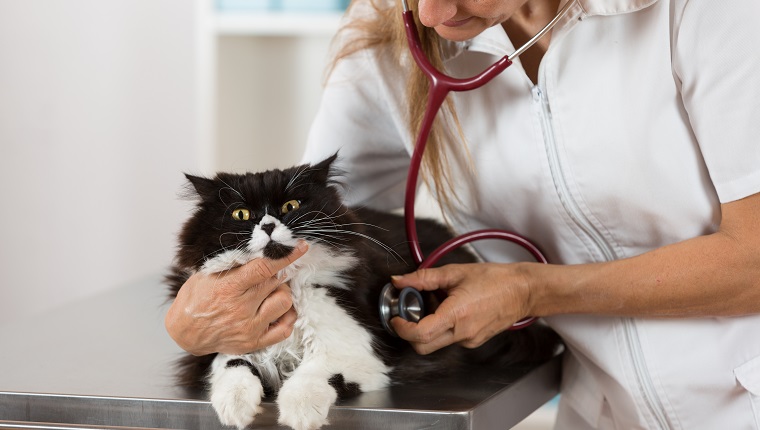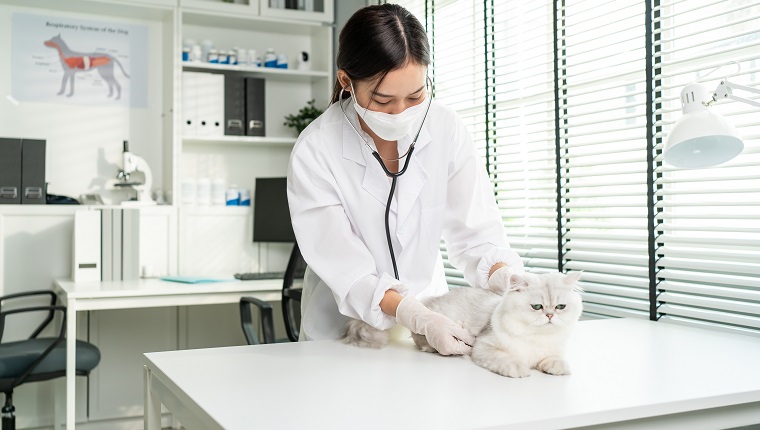Brachycephalic airway syndrome in cats is a medical condition based around abnormalities in the upper airway.
It usually affects short-nosed and flat-faced felines, with cats like the Persian and Himalayan breeds being most susceptible to developing the condition due to possessing shorter facial and nasal bones. Kitties with these physical characteristics are known as brachycephalic cats.
If you see signs that your feline might be developing issues with their upper airway, then you must consult your veterinarian for a proper diagnosis and course of treatment. Here’s what you should know about the symptoms, causes, and treatments of brachycephalic airway syndrome in cats.
Symptoms Of Brachycephalic Airway Syndrome In Cats
Brachycephalic airway syndrome can result in a number symptoms. Some of the most common symptoms include:
- Breathing noisily
- Panting
- Coughing
- Finding physical activity difficult
- Collapsing
- Problems being able to eat and drink normally
Causes Of Brachycephalic Airway Syndrome In Cats

The cause of brachycephalic airway syndrome is the shape of a cat’s head. Brachycephalic cat breeds have shorter noses and flatter faces than other cat breeds, which in turn can create issues with their upper airway.
Some of the cat breeds that seem to develop the condition include:
Other issues in addition to a cat’s breed that might affect their chances of developing this condition include being overweight and suffering from allergies.
Veterinary Treatments
If you worry that your kitty is suffering from brachycephalic airway syndrome, then your veterinarian will want to carry out a full examination. They’ll also ask a series of detailed questions about your cat’s medical history along with inquiring about their breeding history.
In a lot of cases, vets use a fiber-optic scope in order to closely examine the trachea and larynx and confirm a diagnosis.
Treatment will largely depend on diagnosing the underlying cause. In many cases, vets suggest a corrective surgical procedure. They may also consider oxygen therapy.
While recovering at home, cats should limit their activity at first and follow a healthy and nutritionally-balanced diet. Your vet can also help make dietary recommendations if your cat is medically overweight.
Has your cat developed brachycephalic airway syndrome? Has your vet suggested any treatments? Then tell us all about it in the comments below.









